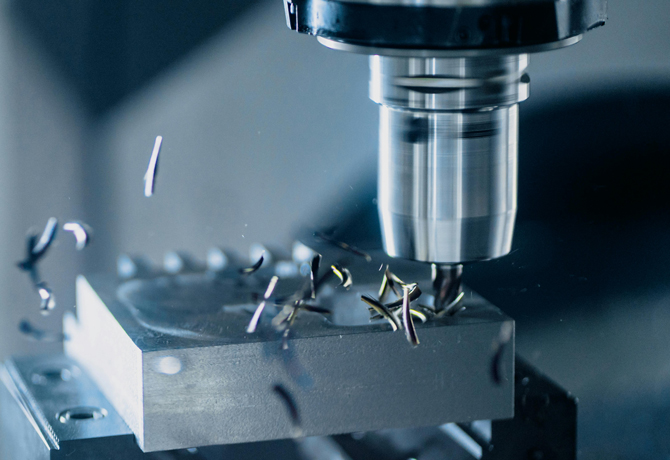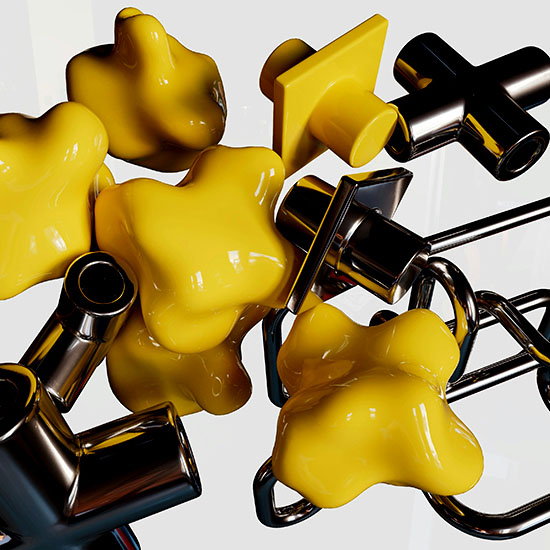Begär en offert online idag.
 Alla uppladdningar är säkra och konfidentiella
Alla uppladdningar är säkra och konfidentiellaCertifieringar:
ISO 13485 | IATF 16949


6061
6063
Lightweight, corrosion-resistant, good thermal and electrical conductivity.
Lightweight, corrosion-resistant, good thermal and electrical conductivity.

316
430
420
303
304
High strength, excellent corrosion resistance, and heat resistance.
High strength, excellent corrosion resistance, and heat resistance.
High strength, excellent corrosion resistance, and heat resistance.
High strength, excellent corrosion resistance, and heat resistance.
High strength, excellent corrosion resistance, and heat resistance.

H62
H59
Good machinability, corrosion resistance, and antimicrobial properties.
Good machinability, corrosion resistance, and antimicrobial properties.

C12200
C11000
T3
T2
T1
High electrical and thermal conductivity, ductility, and corrosion resistance.
High electrical and thermal conductivity, ductility, and corrosion resistance.
High electrical and thermal conductivity, ductility, and corrosion resistance.
High electrical and thermal conductivity, ductility, and corrosion resistance.
High electrical and thermal conductivity, ductility, and corrosion resistance.

Grade 5
Grade 4
Grade 2
High strength-to-weight ratio, excellent corrosion resistance, and biocompatibility.
High strength-to-weight ratio, excellent corrosion resistance, and biocompatibility.
High strength-to-weight ratio, excellent corrosion resistance, and biocompatibility.

Fe 430 A
Fe 360 A
High tensile strength, hardness, and wear resistance.
High tensile strength, hardness, and wear resistance.

GCr15
GCr9
GCr6
High hardness, wear resistance, and ability to retain sharp edges.
High hardness, wear resistance, and ability to retain sharp edges.
High hardness, wear resistance, and ability to retain sharp edges.

Polypropylene
PVC
PTFE
Polycarbonate
Delrin
PEEK
Nylon
ABS
Lightweight, good chemical resistance, and fatigue resistance.
Good chemical resistance, lightweight, and durable.
Low friction, high chemical resistance, and thermal stability.
High impact resistance, optical clarity, and good dimensional stability.
Low friction, high stiffness, and excellent dimensional stability.
High thermal stability, chemical resistance, and mechanical strength.
High tensile strength, wear resistance, and low friction.
Lightweight, impact-resistant, and easy to machine.


 Vad är 3D-utskrift?
Vad är 3D-utskrift?
3D-utskrift är en teknik som tillverkar objekt genom att stapla material lager för lager, även känt som additiv tillverkning. Den utgår från digitala designfiler (t.ex. STL-format) och använder olika material (som plast, metaller, hartser etc.) för att skriva ut komplexa former och strukturer som traditionella metoder inte enkelt kan uppnå.
 Vilka material kan användas vid 3D-utskrift?
Vilka material kan användas vid 3D-utskrift?
Vanliga 3D-utskriftsmaterial inkluderar:
Materialvalet beror vanligtvis på tillämpningskrav, hållbarhet, kostnad och bearbetningsnoggrannhet för det tryckta objektet.
 Vilka är skillnaderna mellan 3D-utskrift och traditionella tillverkningsmetoder?
Vilka är skillnaderna mellan 3D-utskrift och traditionella tillverkningsmetoder?
Till skillnad från traditionella tillverkningsmetoder (som gjutning, skärning, formning etc.) är 3D-utskrift en additiv tillverkningsprocess som konstruerar objekt genom att lägga material i lager utan behov av formar eller bearbetningsverktyg. Denna metod kan producera mycket komplexa strukturer samtidigt som den minskar avfall och bearbetningstid. Dessutom möjliggör 3D-utskrift personlig anpassning, vilket gör den idealisk för småskalig produktion och prototypdesign.
 Hur säkerställer man kvaliteten på 3D-utskrivna modeller?
Hur säkerställer man kvaliteten på 3D-utskrivna modeller?
Viktiga faktorer för att säkerställa 3D-utskriftskvalitet inkluderar:
 Vad är precisionen för 3D-utskrift?
Vad är precisionen för 3D-utskrift?
Precisionen för 3D-utskrift beror på olika faktorer, inklusive vilken typ av skrivare som används, material och utskriftsinställningar. Generellt sett har FDM-skrivare (Fused Deposition Modeling) ett precisionsområde på 0,1 mm till 0,5 mm, medan SLA-skrivare (Stereolitografi) kan uppnå en precision på cirka 0,05 mm.
 Vilka tillämpningar är lämpliga för 3D-utskrift?
Vilka tillämpningar är lämpliga för 3D-utskrift?
3D-utskrift används flitigt inom en mängd olika områden, bland annat:
I takt med att tekniken utvecklas fortsätter användningsområdet för 3D-utskrift att utökas.
 Vad kostar 3D-utskrift?
Vad kostar 3D-utskrift?
Kostnaden för 3D-utskrift varierar beroende på flera faktorer, bland annat:
Generellt sett är 3D-utskrift lämpligt för produktion i små serier eller personlig anpassning; för storskalig produktion kan traditionella tillverkningsmetoder vara mer kostnadseffektiva.
 Hur väljer man rätt 3D-utskriftsteknik?
Hur väljer man rätt 3D-utskriftsteknik?
Att välja rätt 3D-utskriftsteknik kräver att man beaktar flera faktorer: